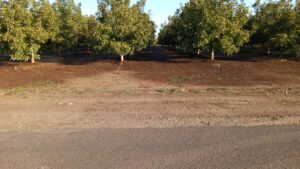
Adaptive agriculture is one of the greatest tools humans have for solving the problem of global warming. A big ticket — true, but in an age where cow burps and farts have become the vapor of hot debates all around the world, it is time to take a reflective examination of the “what, when, how, where, and who” of natural resource management in our homes and greater communities. And then encourage implementation of corrective adaptation quickly.
In a time of radical climate change, we must consider radical change in land use management when considering such things as formation of the Tuscan Water District.




